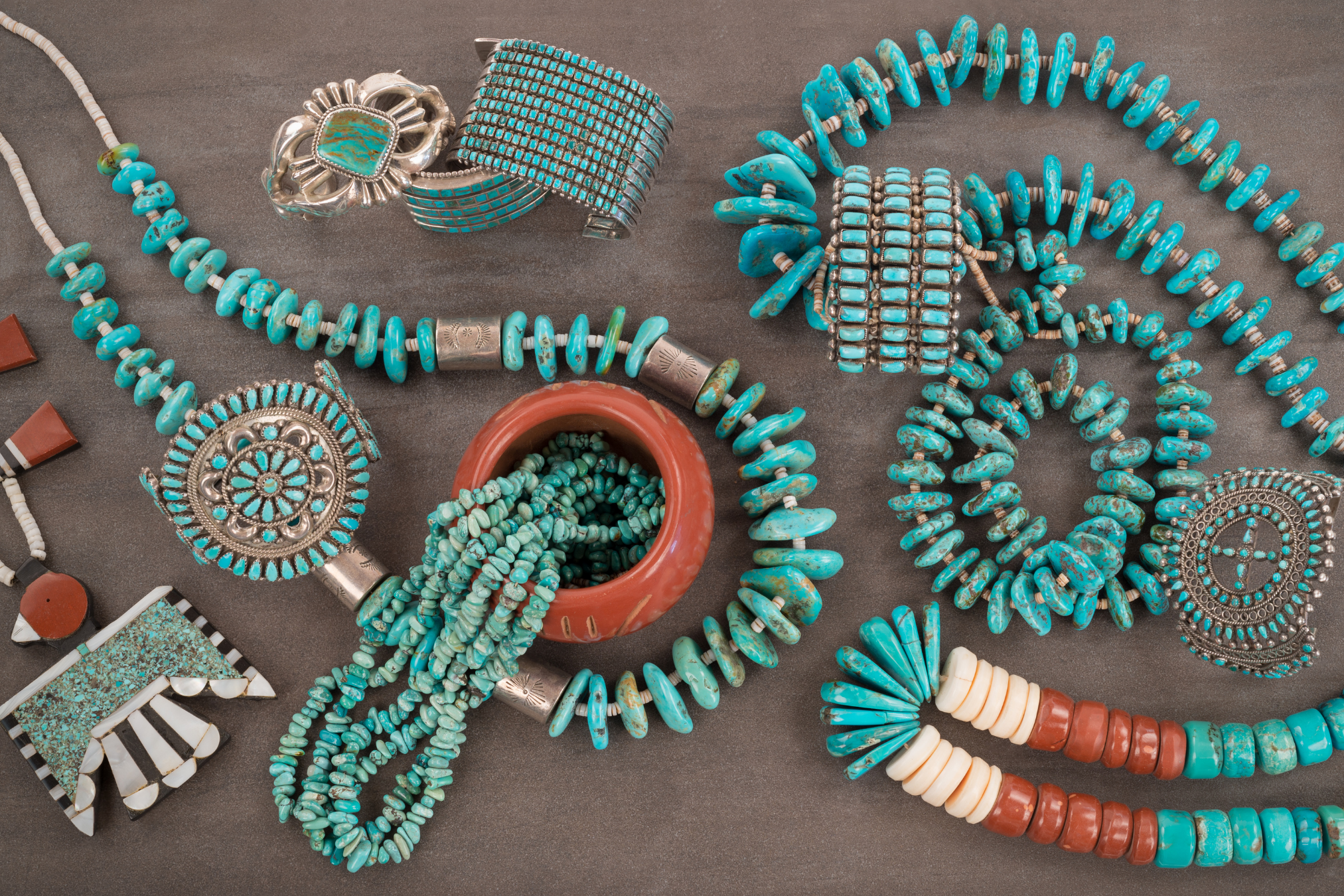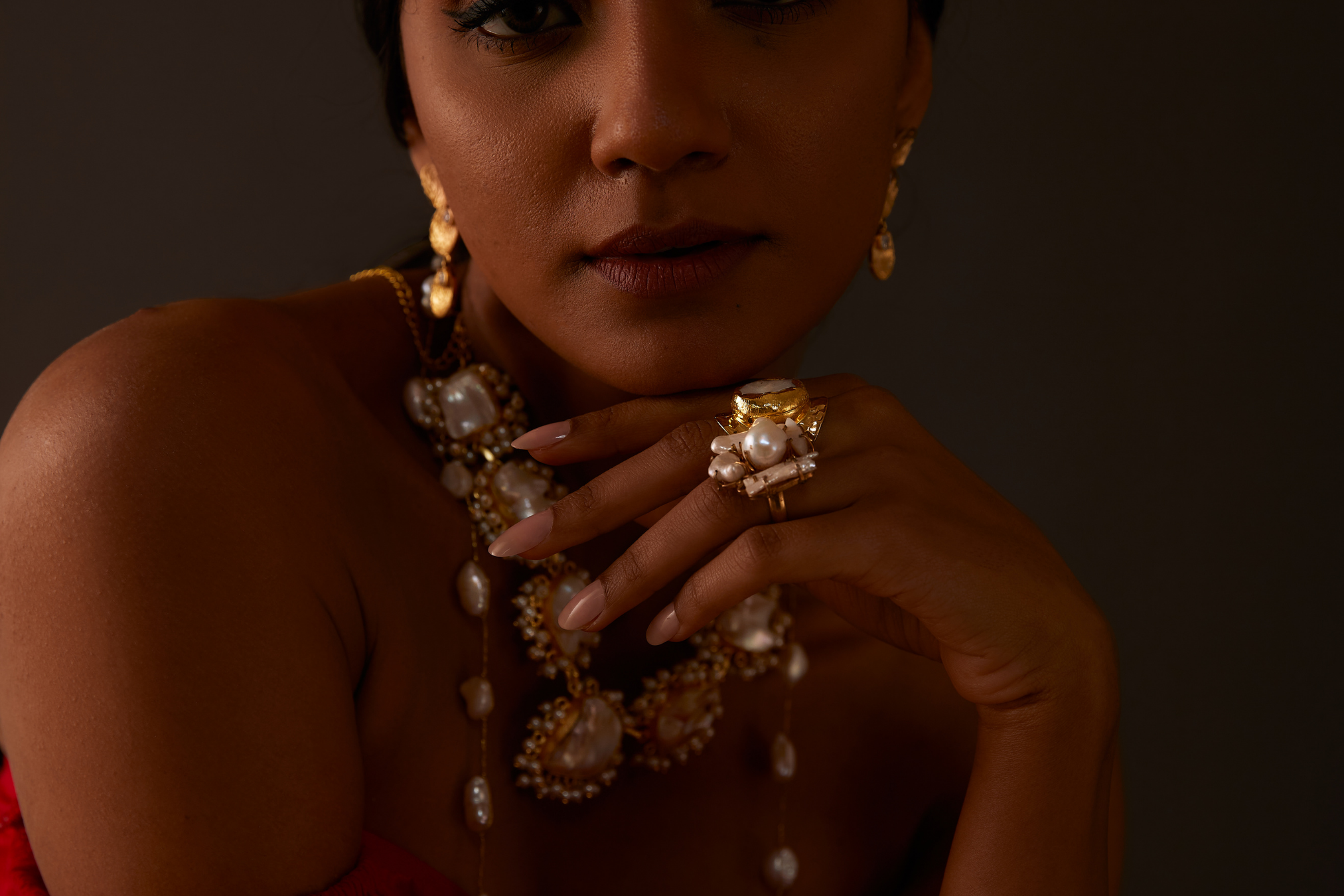
Distinguished Jewelry: Icons of Style and History
For thousands of years, jewelry has occupied a special and enduring role in human civilization. People have decked themselves with jewelry as a sign of riches, power, love, and individual style from ancient civilizations to the present. Some jewelry items have become legendary throughout history because of their exquisite design, extraordinary jewels, or the amazing tales that go with them. We will delve into the realm of these legendary treasures, each of which has a fascinating story to tell, as we explore notable jewelry pieces.
The Hope Diamond:
One of the most well-known jewels in the world, the Hope Diamond is renowned for both its purported curse as well as its outstanding size and beauty.
History:
This 45.52-carat blue diamond was first discovered in India and has been mined there since the 17th century. It's thought to have been taken from an important Indian idol and then possessed by several European kings. It rose to fame in the 20th century after being linked to a string of tragic occurrences in the owners' lives.
Legend:
For many years, stories about the Hope Diamond's curse have circulated. According to reports, the diamond's owners experienced financial devastation, poor health, and terrible deaths. The tale has increased the diamond's allure even though it is possible that these assertions are more fiction than true.
Currently on display at the National Museum of Natural History in Washington, D.C., the Hope Diamond continues to enthrall onlookers with its alluring blue tint.
The Fabergé Eggs:
The House of Fabergé, a renowned Russian jewelry company, produced a series of jeweled eggs known as The Fabergé Eggs. The delicate craftsmanship and historical significance of these beautiful sculptures are well known.
History:
When Tsar Alexander III asked Peter Carl Fabergé to make an Easter gift for his wife, Empress Maria Feodorovna, in 1885, the custom of making Fabergé eggs was born. The first egg, dubbed the "Hen Egg," cracked open to reveal a tiny scale model of the Imperial Crown. The 50 Imperial Easter Eggs that Fabergé produced over the following three decades were all individually designed and opulently decorated.
Iconic Eggs:
The Imperial Coronation Egg, which was made in 1897 to honor Tsar Nicholas II's coronation, is one of the most well-known Fabergé Eggs. This egg has a surprise inside of tiny coronation regalia and a gold shell that is set with diamonds, rubies, and sapphires.
Legacy:
The Fabergé eggs are revered as works of art and jewelry. Their value goes beyond their material value to include their historical and cultural significance, and many of them are currently kept in museums and private collections all around the world.
The Star of India:
One of the biggest and most well-known star sapphires in the world, The Star of India is recognized for its enormous size and breathtaking optical phenomenon.
History:
In the early 20th century, American financier J.P. Morgan bought this 563.35-carat rock from Sri Lanka (then known as Ceylon). The American Museum of Natural History in New York City later received the donation.
Phenomenon:
The Star of India displays an uncommon optical phenomenon called asterism, which, when viewed in direct light, produces a star-like pattern on the stone's surface. The mineral rutile inclusions in the sapphire that are responsible for this effect are needle-like.
The Star of India is the highlight of the Hall of Gems and Minerals at the American Museum of Natural History, where it continues to awe visitors with its celestial splendor.
The Koh-i-Noor Diamond:
The Koh-i-Noor Diamond, whose name means "Mountain of Light," is one of the most well-known stones in the world and is renowned for its enormous size and turbulent past.
History:
The Koh-i-Noor is thought to have been mined in India and has a history that spans more than a thousand years. Before falling into the hands of the British in the middle of the 19th century, it was held by a number of emperors, including Indian Maharajas and Persian and Afghan monarchs.
Controversy:
Conflicts over who should be the true owner of the gem have marred the diamond's history with controversy. There are still international issues as a result of other nations, notably India and Pakistan, claiming it as a representation of their cultural history.
The Koh-i-Noor Diamond is currently on exhibit in the Tower of London as a piece of the British Crown Jewels. Its past and present are still up for discussion and intrigue.
The Cullinan Diamond:
The Cullinan Diamond, which weighs an incredible 3,106 carats, is the largest gem-quality diamond ever found.
The diamond was discovered in 1905 at the Premier Mine in South Africa. It was given Sir Thomas Cullinan's name because he owned the mine at the time.
Cutting and Resulting gems:
The Cullinan Diamond was split into a number of lesser diamonds, the greatest of which being the Cullinan I, also referred to as the Great Star of Africa. The largest clear-cut diamond in the world, weighing 530.2 carats, is a pear-shaped diamond. One of the British Crown Jewels, the Sovereign's Sceptre with Cross, now has it placed in the head.
Legacy:
The Cullinan Diamond is a shining example of how expert diamond cutters can bring out the extraordinary brilliance of a rough stone. It continues to represent the timeless appeal of diamonds.
The Queen's Jewelry Collection:
One of the largest and most expensive jewelry collections in the world belongs to Queen Elizabeth II of the United Kingdom.
Contents:
The Imperial State Crown, which incorporates the Cullinan II diamond, and the Vladimir Tiara, which Queen Mary acquired from the Russian Grand Duchess Elena Vladimirovna, are just two of the well-known items in her collection.
Historical significance:
Many of the items in the Queen's collection have historical significance since they have been worn at important state occasions like coronations and royal weddings. They serve as a concrete link to the monarchy's history and customs in the United Kingdom.
The Graff Pink Diamond:
One of the most exquisite and expensive pink diamonds in the world is the Graff Pink.
The 24.78-carat diamond was found in the Golconda mines of India and was bought by renowned jeweler Laurence Graff in 2010.
Color:
The Graff Pink stands out for its unusually pure and vibrant pink hue, which is a quality highly sought in colored diamonds.
Legacy:
The Graff Pink serves as a shining example of the attractiveness of colored gemstones in the jewelry industry and is a monument to the beauty and uniqueness of pink diamonds.
Charlie and co. provides exquisite jewelry which piques everyone's interest. Discover a world of reasonably priced 14k gold jewelry, free shipping, and a touch of elegance in every gift box when you browse our enormous selection.


